4.Begin the installation of the valve into the piping system. Note that "wafer" style valves should be positioned between flanges and secured with fully threaded studs, while "lug" style valves are fitted between flanges using small cap screws at both the inlet and outlet.
5.Prior to placing the valve, separate the mating flanges by 3/16" more than the valve’s face-to-face dimension to prevent distortion or damage to the sealing face of the seat.
6.Ensure that the faces of the pipe flanges are free from any contaminants, such as scale, metal shavings, or welding debris.
7.With the disc closed, carefully insert the valve between the flanges, aligning and centering it properly. Accurate alignment between the upstream and downstream pipe ends is crucial for ensuring smooth operation of the valves.

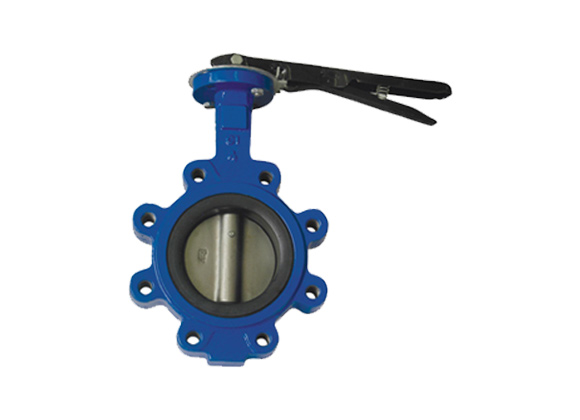
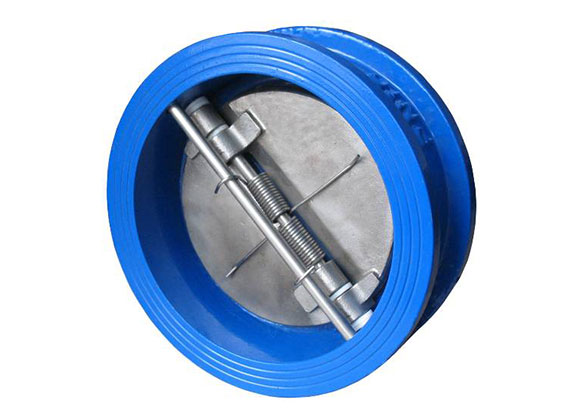
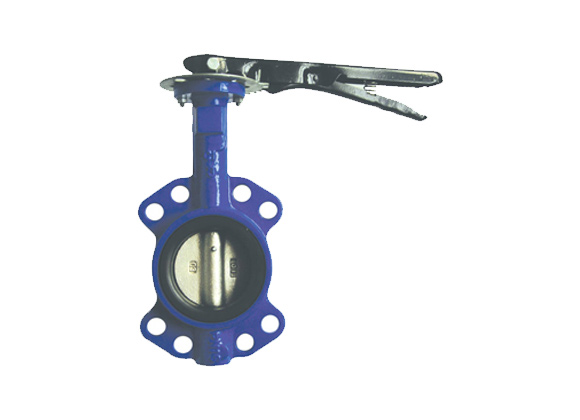

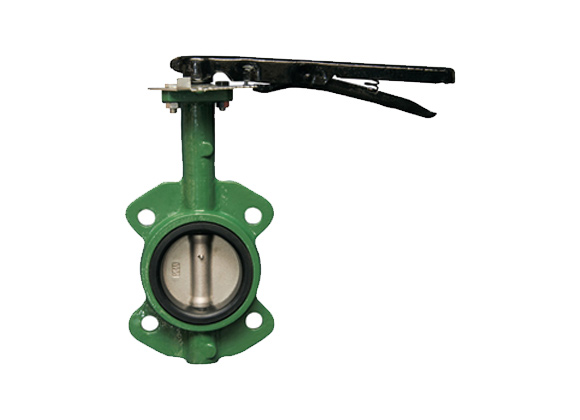
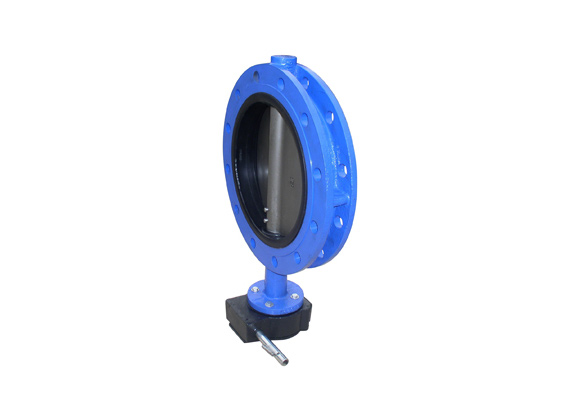
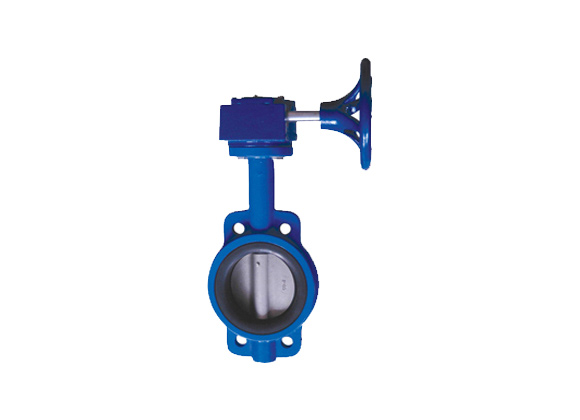
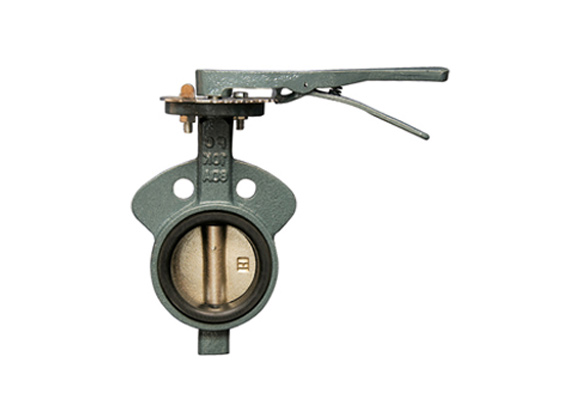
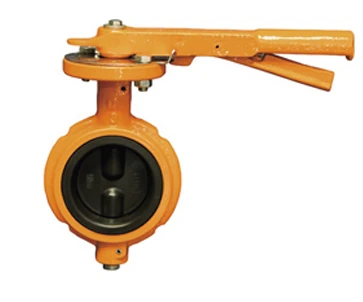
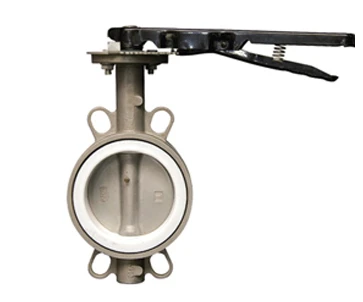
 Call us on:
Call us on:
 Email Us:
Email Us:
 South of Huanmadian Village Town, Ningjin County, Xingtai, Hebei Province, China
South of Huanmadian Village Town, Ningjin County, Xingtai, Hebei Province, China